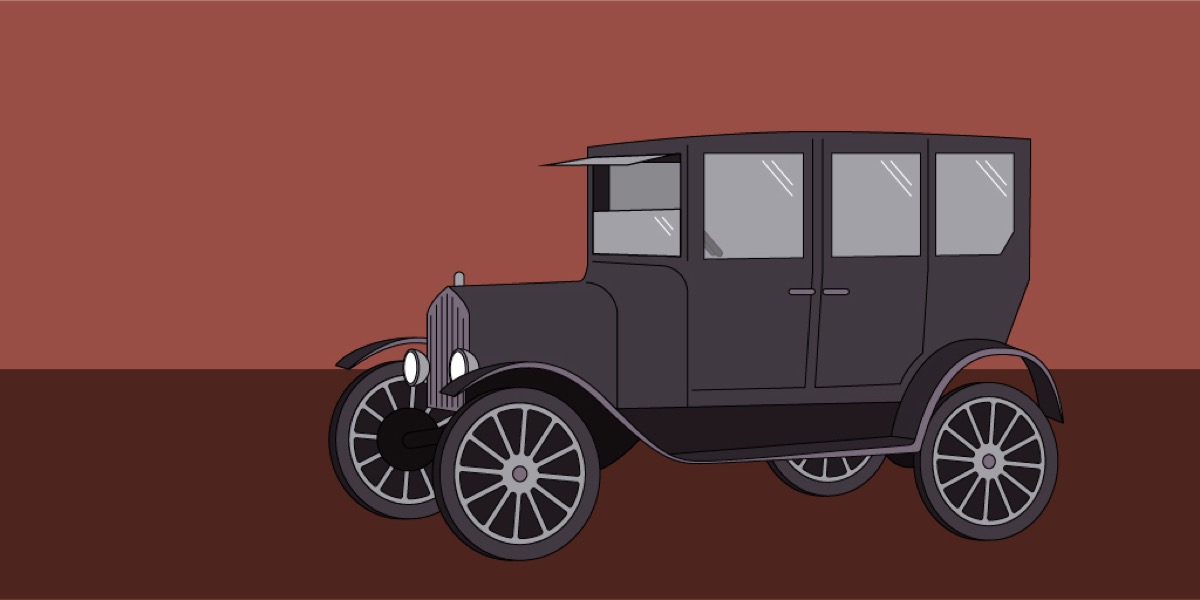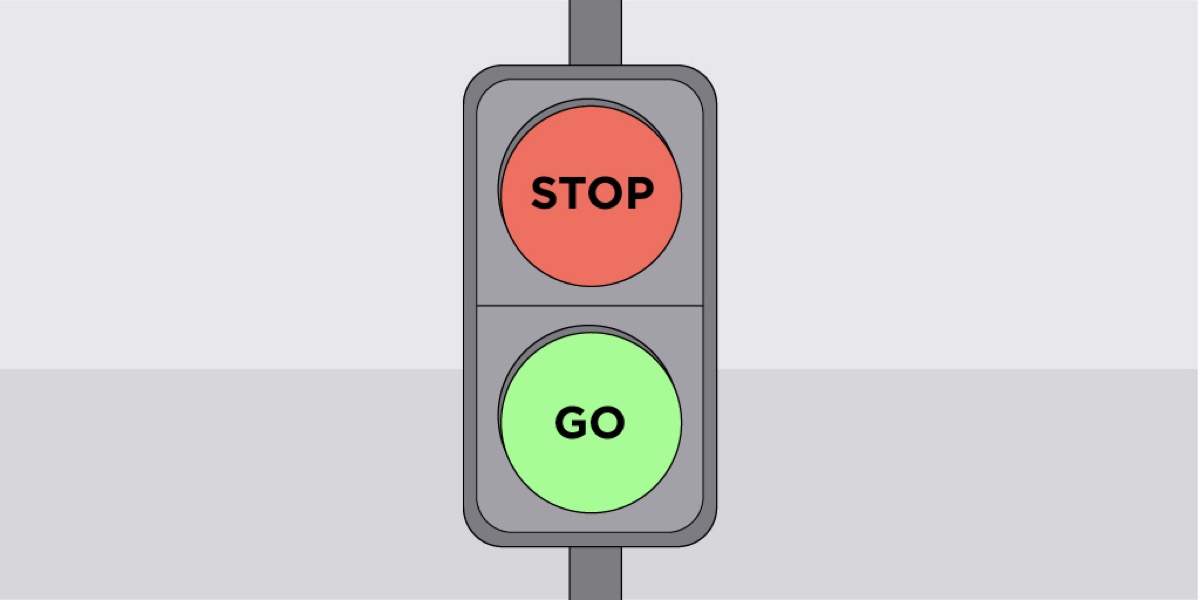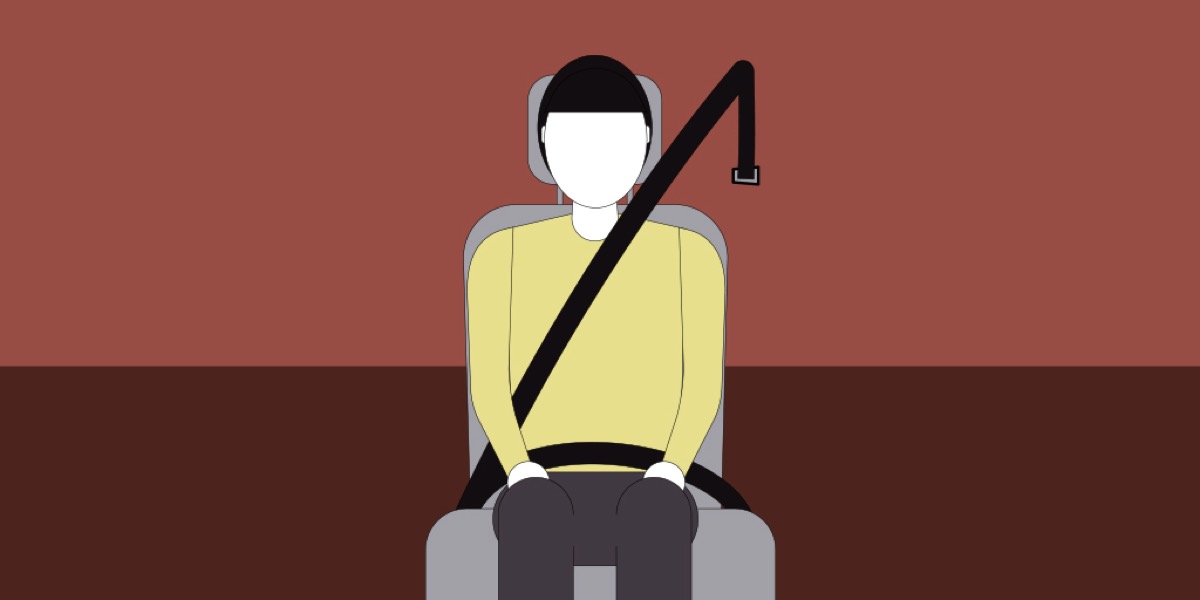Stop: a review of the development of road safety
In October of 1769, Nicolas-Joseph Cugnot tried out the world’s first car, in the streets of Paris. It was a kind of tricycle fitted with a steam machine and he called it Fardier à vapeur (“Steam Car”). Since that time 250 years ago when road safety was born, the automobile has undergone unprecedented development. And human beings have become accustomed to living surrounded by those “machines that move.”

But those beginnings weren’t easy. When cars began to replace horse-drawn carriages, people were very concerned about allowing people to control the driving: they thought that two brains, the animal’s and the man’s, were better than just one, and made for safer driving. At that time it was thought that horses helped avoid collisions and that humans would be lost without them.
“When the car was invented, people were very concerned about allowing people to control the driving because they wouldn’t have help from the horse”
And they weren’t far off the mark. With all the advances that the automobile brought, it also caused new dangers and risks for people on the road. Thus at the start of the 20th century auto collisions became the principal cause of accidental death in the United States, because road safety was not a priority. In almost all of them the driver, and not the machine, was to blame.
Driving too fast or under the effects of alcohol were common in 1900, and caused a great number of collisions and deaths on the highways. Definitively, road safety was then a concept very different from today. That’s why it was necessary to create traffic safety norms and make them known so as to control the way people behaved when they got into the driver’s seat, and thus progressively achieve more efficient driving.
Automobile accidents: the principal cause of death in the US in the 20th century
On 17 September 1900, seeking safer driving on the roads, Spain approved the “Regulations for the Service of Automotive Cars on State Highway”. Its Article 2 defines an automobile: “The term automotive car, or simply automobile, includes carriages moved by mechanical force.” To be able to travel on highways roads they had to have a horn or sonorous bell, lamps in the front, indicators that light up at night, and two braking systems to stop the motor vehicle. Additionally, this code limited speed to 28 kilometres per hour on intercity roads and 15 kilometres per hour on city streets.
“At the start of the 20th century automobile collisions became the principal cause of accidental death in the United States”
Later came the traffic lights and road signs. The first traffic light appeared in 1923 thanks to the American inventor Garrett Morgan, who patented a crude, hand-operated device that was used to direct traffic on two avenues: the words “stop” and “go” indicated the streets where vehicles should brake or continue their course. Two years later, General Electric bought Morgan’s patent for 40,000 dollars and developed the street light system we all know today, a key aspect for a safety road.

In the United States, traffic signals are based on the Manual on Uniform Traffic Control Devices of 1935[GML1] , which standardised the different traffic codes in the country. In Spain, on the other hand, designs of traffic signals were unified in conjunction with those of 65 other countries in Europe, Asia and Africa thanks to the Vienna Convention on Road Signs and Signals, of 1968. It was vital for improving highway road safety measures and standardising norms and symbols.
The three-point safety seatbelt may have saved 10 million lives
For its part, the automotive industry, aware that there was increasing concern about the safety of its vehicles, began to take steps to make them safer, and carried out experiments to determine the effect of collisions on the human body. Thus in 1930 the first cars with hydraulic brakes came on the market; and in 1959 Volvo began installing the three-point seatbelt, which is estimated to have saved 10 million lives, a true historical landmark for the road safety.
Governments also got involved to make sure that safety regulations were enforced, thus reducing accidents. They began to impose fines on reckless drivers, mandate that all new vehicles have certain safety systems such as airbags or padded dashboards, and made the use of safety belts obligatory,
“In 1959 Volvo began installing the three-point seatbelt, a very important innovation for road safety, which is estimated to have saved 10 million lives”
Since 1992 both drivers and passengers in Spain must wear seatbelts, another step to improve road safety, and all vehicles registered since that date must have them installed in all the seats. It has been calculated that this measure reduced by 90% the risk of dying in case of a head-on collision, and by half in the case of rear-end collisions. While at first it took time for people to get used to buckling up their seatbelts, nowadays almost nobody questions the importance of this habit, a basic aspect of road safety.

Following work on traffic norms and the safety of cars, the next step was to adapt highways roads to driving. Little by little they have been improved through systems that help reduce the number of accidents: vertical and horizontal signposting, crash barriers, better lighting… The state of infrastructures is an important factor in guaranteeing safety on the roads.
In 1989 there were 5,940 deaths on Spanish highways
All this development in road safety has reduced the number of accidents over the years. In 1960, the first year from which there are statistics in Spain and when there were 1 million vehicles on the road, there were 1,300 traffic deaths. In 1989 there were a record 5,940 deaths in accidents. And in 2017, with more than 32 million cars on the road, there were 1,200 deaths.
“In Spain in 2017, with more than 32 million cars on the road, there were 1,200 fatalities. In 1960, when there were 1 million vehicles on the road, there were 1,300 traffic deaths”
There were many factors that helped improve safety, on both the technological and legislative levels and through driver education: today it is normal to put on a seatbelt or not let too many people into a car, but until recently this was not so normal. But there still remains a great deal to be done if we are to achieve zero deaths on the highway.
What is the future of road safety? A few clues: rear-view devices that function via video rather than mirrors, so as to eliminate blind spots; and of course autonomous cars that promise to drastically change the role of the driver at the wheel and thus keep improving road safety.
Text: Eva Fernández